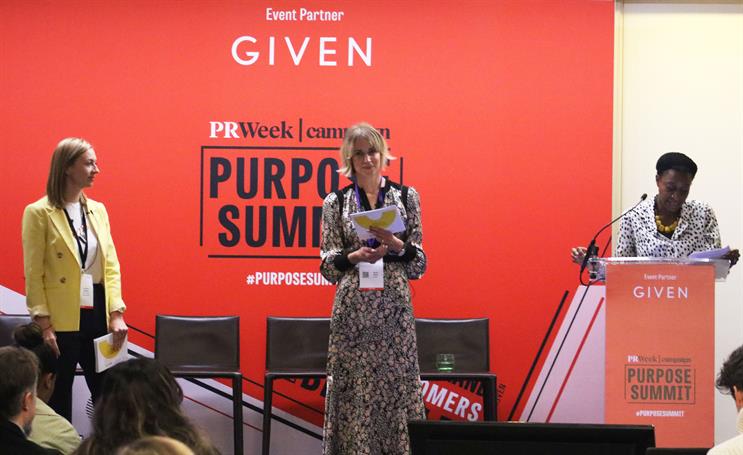
The John Lewis Partnership (JLP) has always been a purpose-driven business, but two years ago it embarked on a refresh. After years of evolution, the business wanted to redefine its purpose, establish what it stood for, and understand its relevance in today’s society.
Working with Given, the consultancy for purpose-driven businesses, it implemented on a business-wide transformation. The process began with an in-depth research process to understand what purpose means to its 78,000 employees (which the JLP calls partners), its most loyal customers, and key suppliers.
“We invited all our partners, 3000 of our best customers, and 50 suppliers. We asked them what we should stand for,” says Victoria Rogers, purpose activation manager at the John Lewis Partnership. “We then pulled together 16 partners from across the business to co-create our new purpose.” In January 2022 the team completed its work, with a new tagline of ‘Working in partnership for a happier world.’
There are three pillars to the work – happier people, a happier business, and a happier world.
Happier people
Rogers said: “People are at the heart of our business. Partners, customers, suppliers, and communities are integral to how we operate. Ensuring everyone lives up to their potential in life is something that is really important to JLP.”
One group the business is increasingly passionate about supporting is care experienced people – those who have been in the care or foster system, who often struggle to enter the labour market. “For the past 18 months, we’ve been building programmes to help them enter the jobs market.”
JLP is partnering with charities and lobbying government on key policies and is focused on raising awareness about the challenges the group regularly faces. The company also used the theme of care experienced people in its 2022 Christmas ad, which Rogers said has been its most successful ad of the last five years in terms of engagement, sentiment, and click throughs.
Happier business
The John Lewis Partnership has a goal of ensuring 40% of its profits come from non-retail sources by 2030, and its purpose-driven commitments reflect that. One example is a plan to build 10,000 homes over the next 10 years to help alleviate the UK housing crisis, with 35% of the homes being affordable housing, with social cohesion built into the designs.
“We set a commitment to be honest and fair in all our details, make sufficient but not excessive profit to reinvest back into the business with a focus on embedding our purpose,” Rogers said.
Happier world
The business has made a variety of commitments under this banner, including the goal that by 2025, every product category in John Lewis will have a take back or buy back solution, allowing consumers to recycle any item.
Becky Willan, chief executive of the Given agency, said there is a difference between being a business with a purpose statement, and being a purpose-driven business. “Lots of people still talk about the purpose being the ‘why’ but it’s got to be so much more than that. It’s got to shape what you do as a business and how you run your company. Purpose is too often seen as a tagline when it needs to be seen as a transformation agenda. It’s a management approach, not a marketing strategy.”
She added that the work needs to be grounded in commerciality and an understanding of consumer needs. Being
a purpose-driven business, she said, is built around “profitably solving the problems of people and planet, rather than profiting from creating problems for people and planet.”
The work with JLP involved five key areas – governance, partner engagement, partner lifecycle, campaigns, and measurement.
Governance: Changing the templates for board and executive papers and business cases is crucial. Willan said: “If you’re making a big decision at JLP now you can’t ignore purpose, and that’s really powerful.” Leaders also have to embed and evidence how they’re driving purpose in their priorities.
Partner engagement: Engaging with partners throughout the business was critical to the success of the work. The team held a series of events with managers and key staff across the business to build momentum.
Partner lifecycle: Building purpose at the personal level, from recruitment to onboarding to retirement, means adapting key processes.
Campaigns: The team collaborated with groups across the business on external activations.
Measurement: “Any organisation that thinks purpose is fully embedded probably doesn’t understand the scale of transformation that’s required,” said Willan. “But knowing where you are is really important.” The team established a happiness survey to understand partner sentiment, and is working with the data analytics team to benchmark internally and externally.



